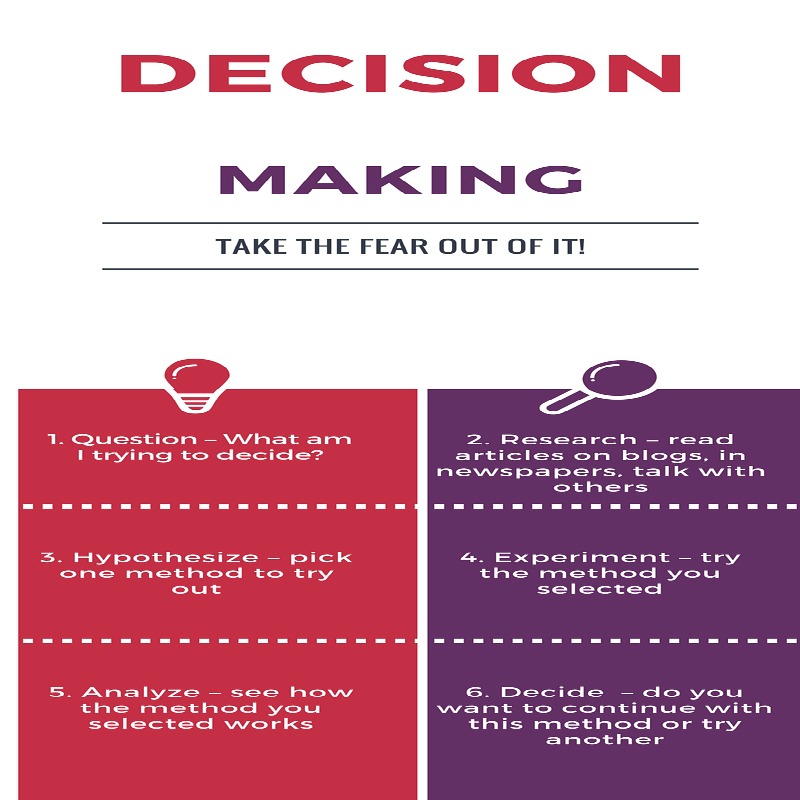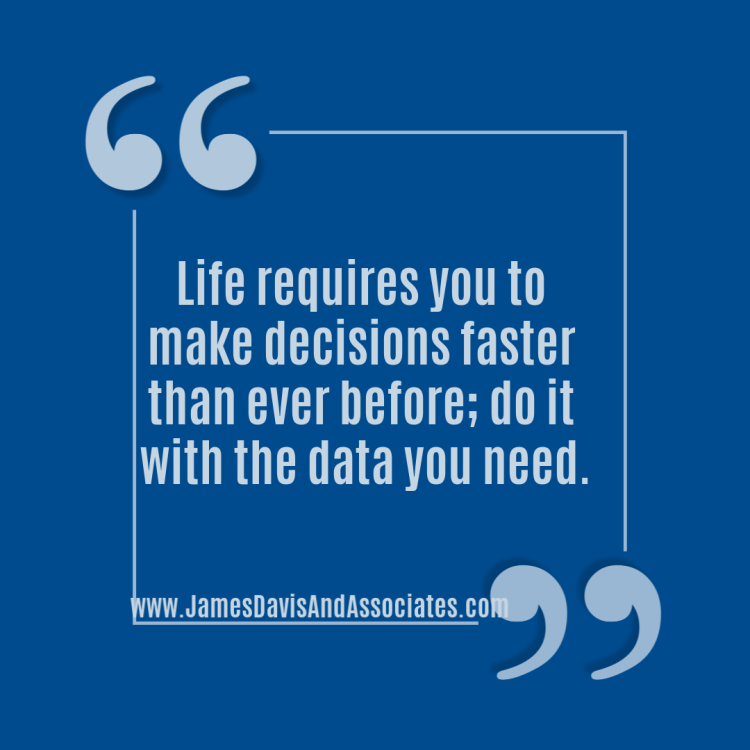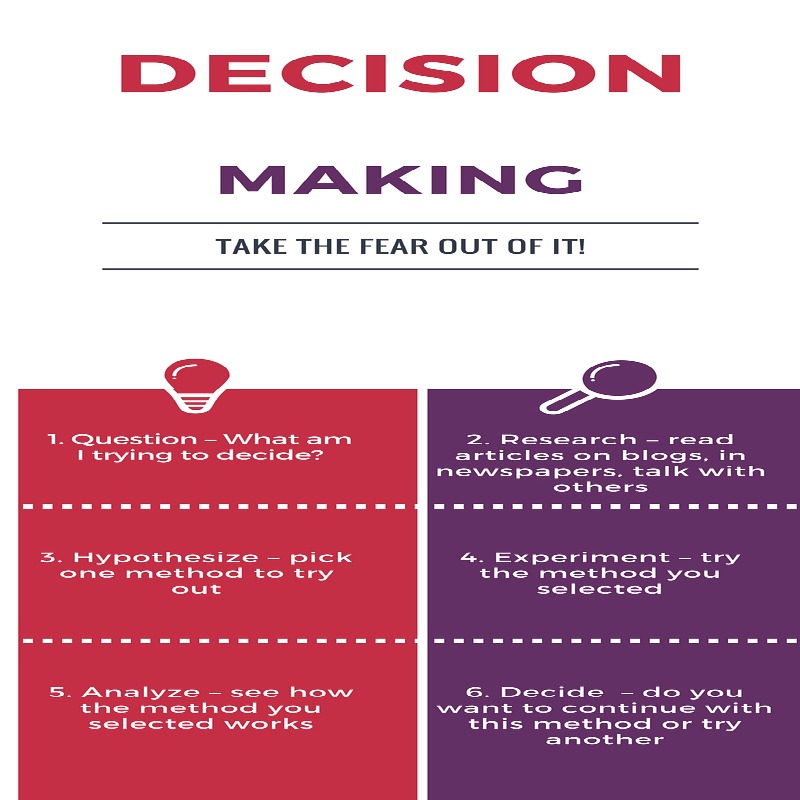
When it comes to making decisions, there is no reason not to have the data you desire in the palm of your hands. If you use your phone and your tablet wisely, you can always have the data you want and need to make decisions right where you need it. Decision making has never been easier.
Spoiler alert – there is a video summary of this article at the bottom of the page.
How to make a good decision – use the scientific method.
Sometimes people are afraid to make decisions and that fear paralyzes them. But, once you learn to use the scientific method, decision-making is a lot less scary. The scientific method works because there is validity to the idea that if you fail to plan, you plan to fail. When it is time to make a decision, follow the scientific method and you will find the decision-making process easier to manage. The scientific method is six simple steps. Start at step one and work your way through the list.
The scientific method
Question
Research
Hypothesize
Experiment
Analyze
Conclude
Question
You cannot make a decision until you have a clear idea of what it is you have to decide. Write down the thing you are trying to decide. It can be on paper or your electronic device. When the question to be decided is clear, the decision-making process is easier, less stressful and your work is more productive.
[Tweet “How to make a good decision – use the scientific method.”]
Research
Whenever possible, do research before making a decision. Look at the options available to you. Work to discover tools available to help with decision-making. No matter how small or large the decision to be made, time spent on researching possibilities and options is never a waste.

Hypothesize
Once you have identified what it is you must decide and have done the research, it is time to hypothesize. This means that you make an educated guess based upon your research findings. Make a guess about what you should do, the decision you should make. Don’t be afraid. You have done your research. You have exercised due diligence. This means you can attempt a decision. A hypothesis is not the final answer, it is merely the best guess that is tested out.
Experiment
Once you have made a hypothesis, an educated guess as to the decision you must make, it is time to experiment. In this case, experiment means it is time to try out your hypothesis. Take steps to check out your hypothesis in as many ways as possible. Do not merely accept that your first choice is correct. Try out your solution to determine how well it serves as an answer to the question you are trying to decide.
Analyze
As you experiment pay attention to the results. Look at the pros and cons that present themselves. Objectively examine the results of the experiments, testing, and trying out of your hypothesis. This analysis is important because this is how you determine if your hypothesis and experiment are successful. If your analysis does not give you satisfactory results, it is time for you to come up with another hypothesis and experiment again.
Continued on page 2. Click 2 below to continue.
